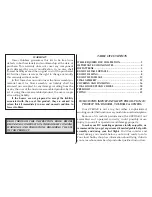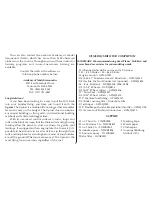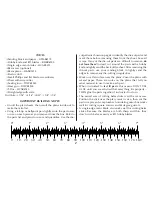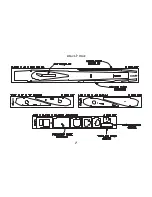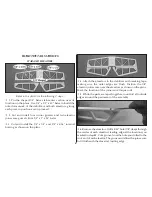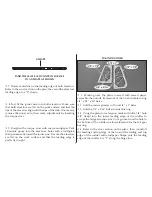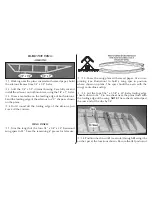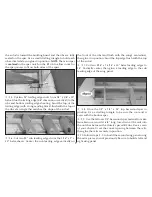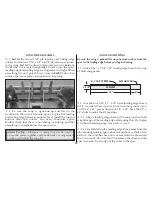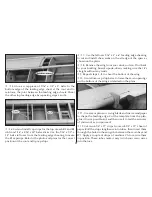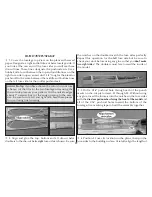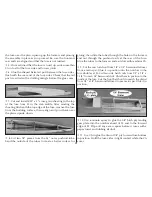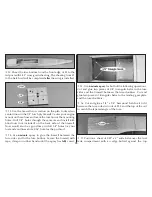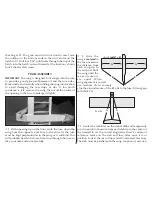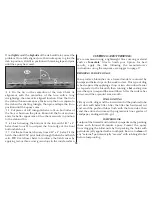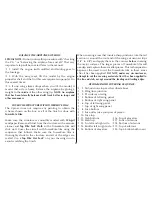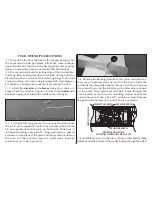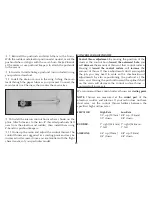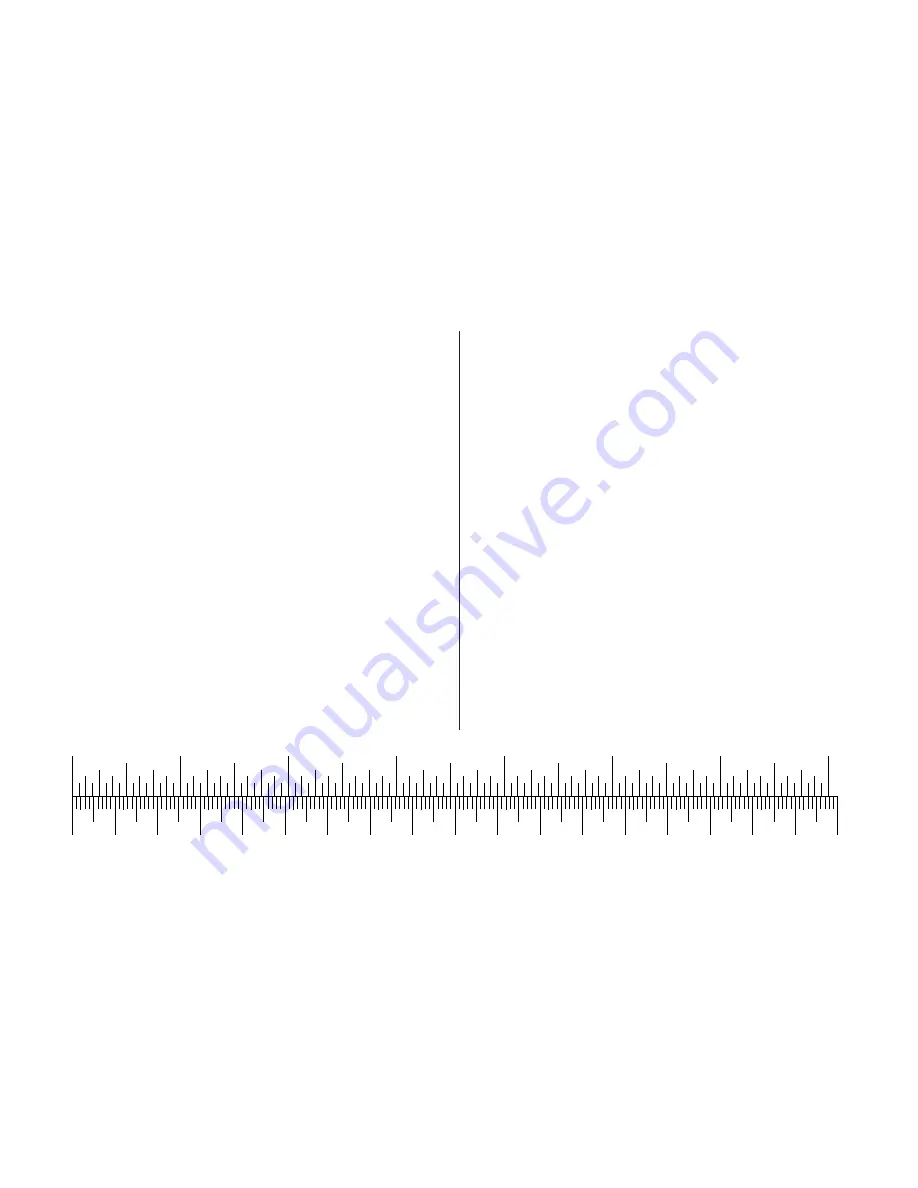
4
0
10
20
30
40
50
60
70
80
90 100 110 120 130 140 150 160 170 180
1"
2"
3"
4"
5"
6"
7"
0"
TOOLS
❍
Sanding block and paper – GPMR6170
❍
Hobby knife and #11 blades – RMXR6900
❍
Single edge razor blades – HCAR0312
❍
Razor saw (optional)
❍
Razor plane – MASR1510
❍
Electric drill
❍
Small Phillips and flat blade screwdrivers
❍
Pliers with wire cutter
❍
Sealing iron – TOWR3250
❍
Heat gun – TOWR3200
❍
T-Pins – HCAR5150
❍
Straightedge with scale
Drill bits:
❍
1/16"
❍
3/16"
❍
5/32"
❍
1/8"
❍
1/4"
IMPORTANT BUILDING NOTES
• Unroll the plan sheets, then reroll the plans inside-out to
make them lie flat.
• Using a felt-tip or ballpoint pen, lightly write the part name
or size on each piece as you remove it from the box. Refer to
the parts list and plans for sizes and quantities. Use the die-
cut patterns shown on page 5 to identify the die-cut parts and
mark them before removing them from the sheet. Save all
scraps. If any of the die-cut parts are difficult to remove,
do
not force them!
Instead, cut around the parts with a hobby
knife or lightly sand the back of the sheet. After removing the
die-cut parts, use your sanding block to lightly sand the
edges to remove any die-cutting irregularities.
• Work on a flat surface over the plans. Cover the plans with
waxed paper. There are notes on the plans that tell you
what material to use to make each part.
• When instructed to
test fit parts
, this means DON’T USE
GLUE until you are satisfied that everything fits properly –
THEN glue the parts together if instructed to do so.
• The easiest way of cutting balsa sticks is with a razor saw.
Position the stick over the plan, mark its size, then cut the
part on a piece of scrap lumber. A modeling miter box works
well for cutting square corners and 45 degree gussets.
• A single-edge razor blade also works well for cutting balsa
sticks. Because the blades are both sharp and thin, they
don’t crush balsa as easily as #11 hobby blades.


